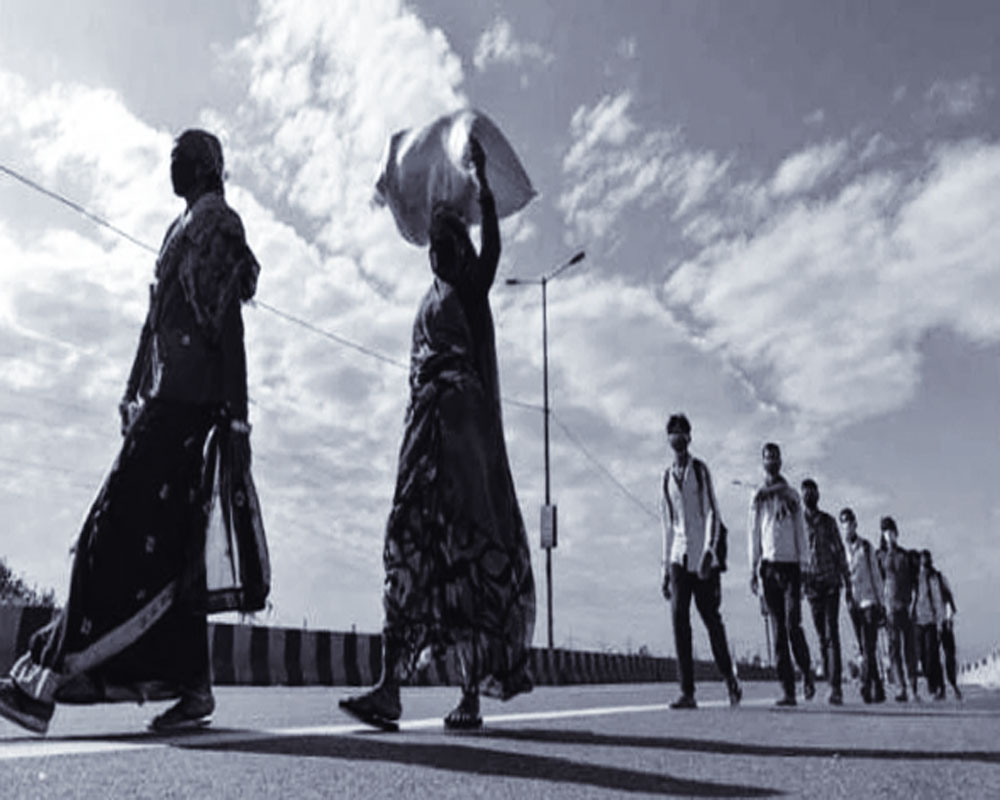UP stands at 3rd with 37.79% poor; 51.91% in Bihar, 42.16% in J’khand
Bihar is the poorest State in the country followed by Jharkhand, Uttar Pradesh, Madhya Pradesh, and Meghalaya. According to the Niti Aayog’s first Multidimensional Poverty Index (MPI) report, 51.91 per cent population of Bihar is poor, followed 42.16 per cent in Jharkhand, 37.79 per cent in Uttar Pradesh while Madhya Pradesh (36.65 per cent) has been placed fourth in the index, Meghalaya (32.67 per cent) is at the fifth spot.
As per the MPI report, Kerala (0.71 per cent), Goa (3.76 per cent), Sikkim (3.82 per cent), Tamil Nadu (4.89 per cent) and Punjab (5.59 per cent) have registered the lowest poverty across India and are at the bottom of the index.
The report said India’s MPI has three equally weighted dimensions, health, education and standard of living, which are represented by 12 indicators namely nutrition, child and adolescent mortality, antenatal care, years of schooling, school attendance, cooking fuel, sanitation, drinking water, electricity, housing, assets and bank accounts.
Among Union Territories (UTs), Dadra and Nagar Haveli (27.36 per cent), Jammu & Kashmir, and Ladakh (12.58), Daman & Diu (6.82 per cent) and Chandigarh (5.97 per cent), have emerged as the poorest UTs in India.
Puducherry having 1.72 per cent of its population as poor, Lakshadweep (1.82 per cent), Andaman & Nicobar Islands (4.30 per cent) and Delhi (4.79 per cent) have fared better.
Bihar also has the highest number of malnourished people followed by Jharkhand, Madhya Pradesh, Uttar Pradesh and Chhattisgarh. Bihar also ranks worst when it comes to percentage of population deprived of maternal health, percentage of population deprived of years of schooling, school attendance and percentage of population deprived of cooking fuel and electricity.
According to the report, India’s national MPI measure uses the globally accepted and robust methodology developed by the Oxford Poverty and Human Development Initiative (OPHI) and the United Nations Development Programme (UNDP).
Importantly, as a measure of multidimensional poverty, it captures multiple and simultaneous deprivation faced by households, it added.
The Sustainable Development Goals (SDG) framework, adopted by 193 countries in 2015, has redefined development policies, government priorities, and metrics for measuring development progress across the world.
The SDG framework, with 17 global goals and 169 targets, is significantly wider in scope and scale relative to the Millennium Development Goals (MDG), its predecessor.
The national MPI measure has been constructed by utilising 12 key components which cover areas such as health and nutrition, education and standard of living. The report said the national MPI, an aggregate measure that defines poverty, in simple terms, as the deprivation in crucial and basic parameters of health, education, and living standards, is a significant departure from the way poverty has been understood and conceptualised historically.
























